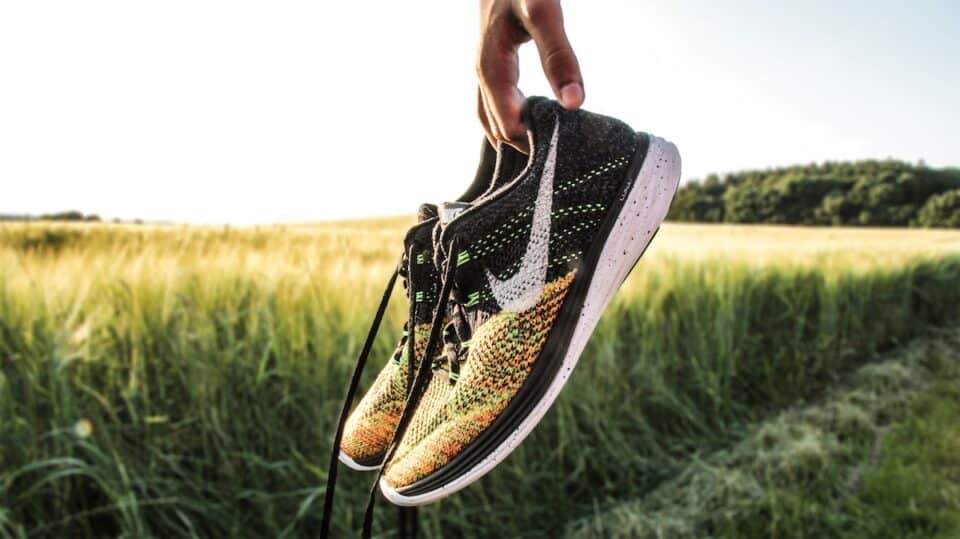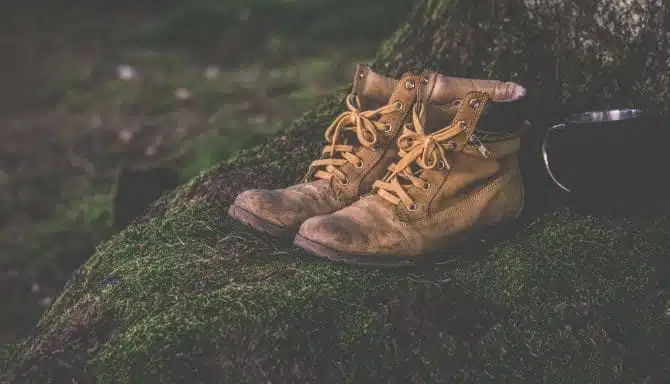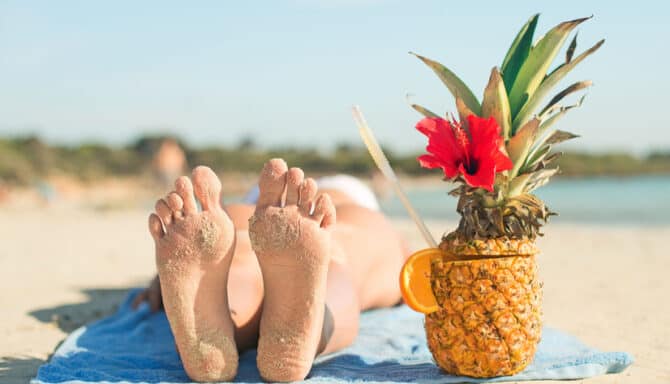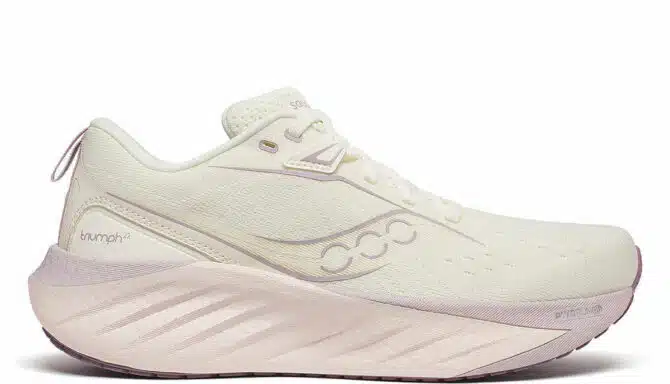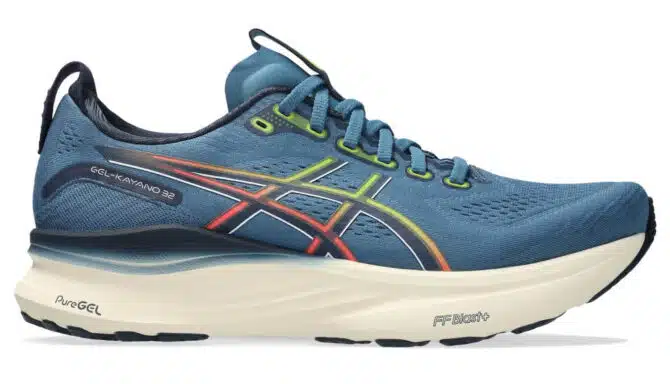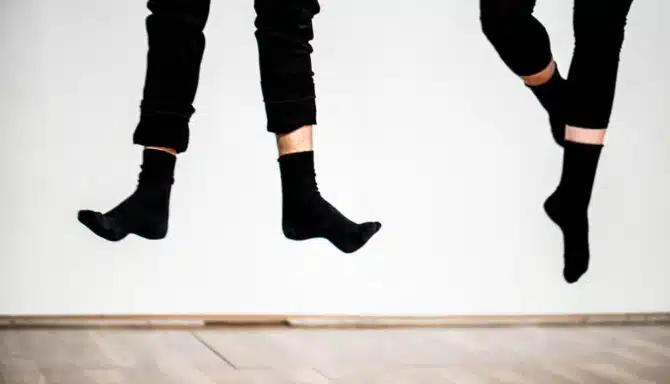Running/walking is a simple activity. There’s very little gear required.
Footwear is the exception. Shoes are your most important piece of gear, providing protection over the course of several hundred kilometres and helping lessen the impact and damage to your body. Most people go through a few pairs every year, and some even every month.
As you pile on the mileage, your shoe’s structure, and thus effectiveness, break down over time. Your shoes won’t feel the same out of the box as they do after 300-500 kilometres. It’s important to know when you need a new pair of shoes to help avoid injury and that starts with knowing what to look for in your footwear.
Below are some signs that your shoes could be due for an upgrade, and what to do to help lengthen their lifespan.
Culprit #1: A reduction in bounce as well as aches, pains, and sore joints.
Typically, running shoes can last between 500-750 kilometres. Over time, the cushioning breaks down and it no longer provides the same amount of energy return as it did right out of the box. If you feel your shoes are feeling flat, and don’t have that same type of bounce, it’s likely time for a new pair of shoes.
There are however ways to extend the lifespan of your shoes.
Try: purchasing two or three pairs of shoes at a time, and alternate use. Giving your shoes a day or two in between runs allows the cushioning to return to form, and lengthens its life. Purchasing in bulk can also be beneficial if your favourite shoe is discontinued or altered, which is commonplace as new iterations of models are released every year. Plus, bulk purchases can lead to lower shipping costs – per unit – if ordered online.
The type of shoe and amount of cushioning also plays a role. Minimalist shoes have less cushioning and thus you’ll feel the effects at a faster rate.
Your weight can also come into play. The heavier you are, the greater the load, and thus the quicker the foam cushioning will compress and break down.
As you can tell, there isn’t one reason why your shoes wear down over time but in fact many.
Culprit #2: Wrinkles across the foam on the mid-sole and heel of the shoe.
You may notice a shoe is breaking down by feel. Additionally, as is the case here, there are visual cues that make apparent the condition of your footwear. When your shoes’ foam begins to crease and wrinkle, it’s a sign that your shoes are beginning to age. However, this cycle is totally normal and doesn’t necessarily mean your shoes are toast.
Try: running on softer surfaces more often to alleviates the impacts that go through your shoes. Running on grass, gravel, and dirt is easier on your shoes – and your body – versus asphalt or concrete.
Culprit #3: Uneven wear patterns
Try: avoid wearing your running shoes casually throughout the day because added hours break down shoes at a faster rate. Your gait while walking is different than running too so you might be wearing your shoes out in unusual and unwanted patterns if you use your primary trainers as hybrids.
Uneven wear patterns are not necessarily a bad thing, but you should take them into account because it might be easier to troubleshoot an injury. Look for areas that are bare of tread like a car tire.
Culprit #4: Damaged heel counter and frayed edges.
The heel cup around your Achilles can break down, which can lead to chafing and blisters.
Try: avoiding tied laces when putting on and taking off your shoes. The laces are there for a reason. If you consistently slip your shoes on and off while tied, you’re likely adding more pressure to the heel counter and the inner material of the shoe. Tie and untie your shoes before and after each use.
Avoid using the dryer if your shoes get wet too as heat can break down the upper material as well as the cushioning of the shoe.
Culprit #5: Tears in the upper.
Look for rips around the toebox, as well as along the sides of your feet as that’s where the upper attaches to the midsole, leaving the seam vulnerable. To avoid blisters, and other foot problems, it’s important to find a shoe that fits right for the shape of your foot.
Try: changing to shoes that better suit you. These days, many brands offer wide versions of most models, and some brands are known for making wider shoes including Asics and Altra, both of which provide roomier a toe box compared to other brands.
Need help deciding on a pair of new shoes? Need a gait analysis done? Visit the clinic today.
